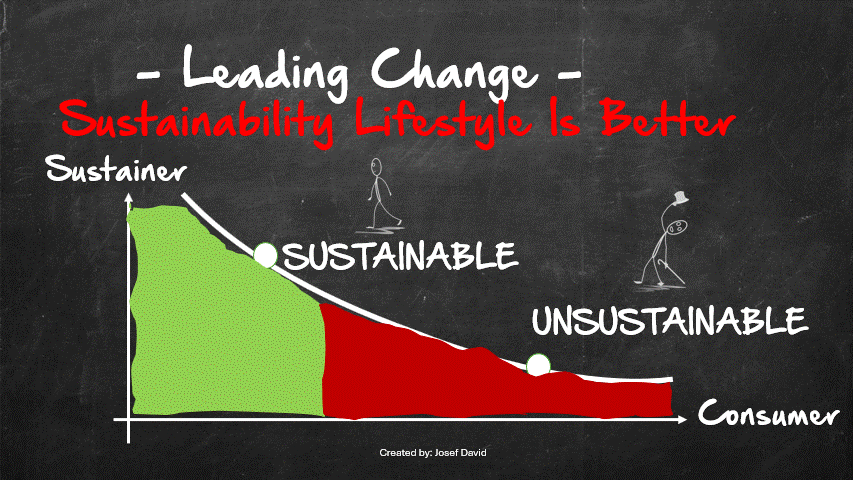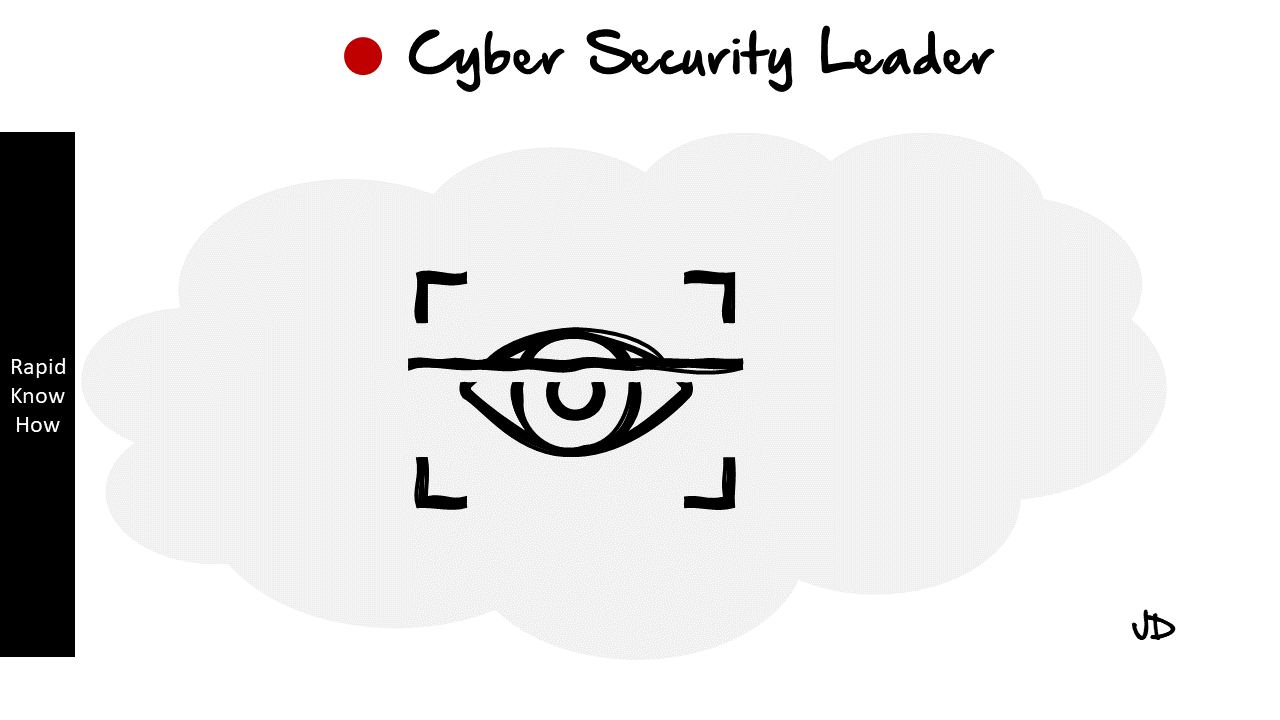Question1: What are industrial gases?
- Answer: Industrial gases are gaseous materials that are used in various industrial processes, including manufacturing, chemical production, and energy generation. Common examples include oxygen, nitrogen, argon, hydrogen, and carbon dioxide.
Question 2: How are industrial gases produced?
- Answer: Industrial gases can be produced through several methods, including air separation (for oxygen and nitrogen), steam methane reforming (for hydrogen), and gasification of organic materials. Advances in technology are continuously improving the efficiency of these production methods.
Question 3: What are the main applications of industrial gases?
- Answer: Industrial gases are used in a wide range of applications, including metal fabrication, pharmaceuticals, food and beverage processing, electronics manufacturing, energy production, and environmental applications such as wastewater treatment.
Question 4: What trends are shaping the future of the industrial gas sector?
- Answer: Key trends include increased focus on sustainability and reducing carbon emissions, the growing demand for hydrogen as a clean energy source, advancements in gas applications for electronics, and the integration of digital technologies in gas production and distribution.
Question 5: How is the hydrogen economy impacting industrial gases?
- Answer: The hydrogen economy is driving significant investments in hydrogen production, storage, and distribution technologies. This shift promotes the use of hydrogen as a clean fuel and feedstock, influencing how industrial gases are produced and consumed.
Question6: What role do industrial gases play in renewable energy?
- Answer: Industrial gases, particularly hydrogen, play a crucial role in energy storage and fuel cells. They can also be integrated with renewable energy sources to produce synthetic fuels, contributing to a more sustainable energy landscape.
Question7: How are companies addressing environmental concerns related to industrial gases?
- Answer: Many companies are investing in carbon capture and storage (CCS) technologies, enhancing energy efficiency in gas production, and shifting toward greener practices to meet regulatory requirements and societal expectations regarding sustainability.
Question 8: What challenges does the industrial gas sector face?
- Answer: Challenges include fluctuations in raw material prices, regulatory pressures on emissions, technological changes, competition from alternative energy sources, and the need to modernize infrastructure to accommodate new applications.
Question 9: What innovations are expected in the industrial gases field?
- Answer: Innovations may include the development of new gas separation technologies, advancements in hydrogen production methods (like electrolysis), and increased automation and digitalization in the supply chain and production processes.
Question 10: How can businesses prepare for the future of industrial gases?
- Answer: Businesses can stay informed about market trends, invest in sustainable technologies, collaborate with research institutions, and adapt their strategies to integrate new applications and technologies in the industrial gas space.
If you need more detailed information on any specific topic, let me know!





